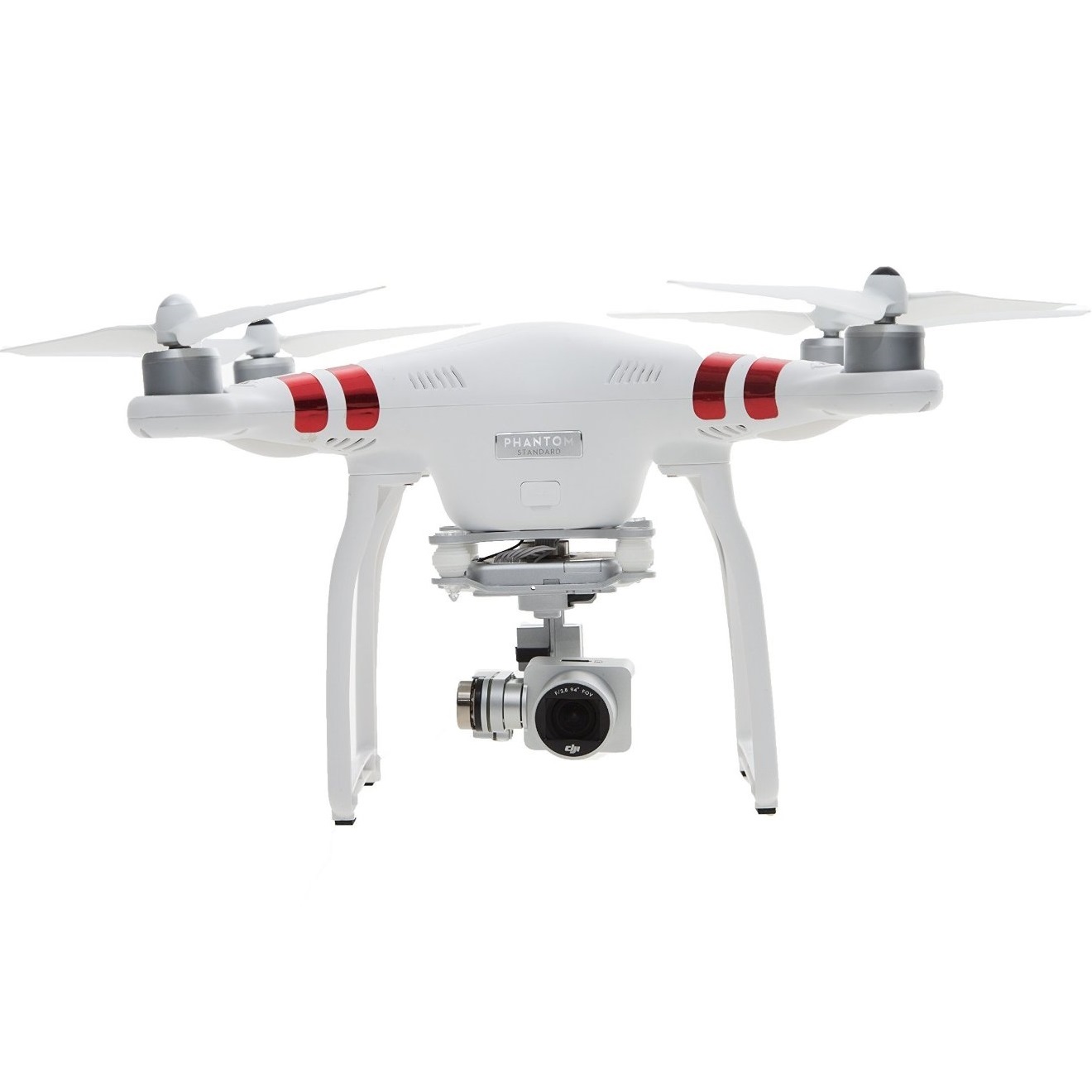Military
US Army Orders Troops to Stop Using Chinese-Made Drones

Published:
Last Updated:

The U.S. Army has ordered its troops immediately to stop using drones made by China’s Da-Jiang Innovations Science & Technology, better known as DJI. The company manufactures the world’s most popular consumer drones in a variety of camera- and non-camera-equipped devices for hobbyists.
According to a report at Defense One, which has seen a memo dated August 2 from the Army’s deputy chief of staff for plans and operations, the DJI drones “are the most widely used non-program of record commercial off-the-shelf [unmanned aerial vehicles] employed by the Army.”
The memo cited “increased awareness of cyber vulnerabilities associated with DJI products,” but Army officials did not elaborate on that description.
Army personnel have been instructed to “cease all use, uninstall all DJI applications, remove all batteries/storage media from devices, and secure equipment for follow on direction.”
Defense One cited one soldier who said, “I wonder how DJI camera stabilizers (which have no memory) can send information back to mainland China.”
The memo covers “any system that employs DJI electrical components or software including, but not limited to, flight computers, cameras, radios, batteries, speed controllers, GPS units, handheld control stations, or devices with DJI software applications installed.”
The Army’s most widely used tactical drones are manufactured in the United States by Aerovironment.
DJI drones are available at Amazon.com at prices ranging from around $100 to $3,000. Best Buy also sells a number of DJI drones ranging in price from $500 to $3,000.
Start by taking a quick retirement quiz from SmartAsset that will match you with up to 3 financial advisors that serve your area and beyond in 5 minutes, or less.
Each advisor has been vetted by SmartAsset and is held to a fiduciary standard to act in your best interests.
Here’s how it works:
1. Answer SmartAsset advisor match quiz
2. Review your pre-screened matches at your leisure. Check out the advisors’ profiles.
3. Speak with advisors at no cost to you. Have an introductory call on the phone or introduction in person and choose whom to work with in the future
Thank you for reading! Have some feedback for us?
Contact the 24/7 Wall St. editorial team.